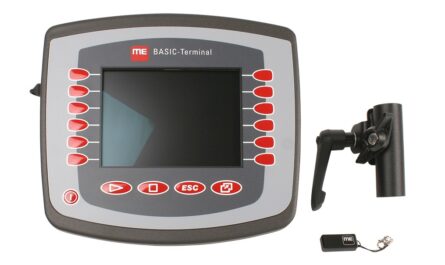Ensuring Safety throughout the System Lifecycle
Safety is a major concern throughout the entire lifecycle of any industrial control system from initial design to decommissioning. Functional safety aims to prevent hazardous situations and ensure people and assets are protected from potential harm. The core aspect is identifying foreseeable hazards and risks within a machine or process and designing effective safety measures. Standards like IEC 61508 and ISO 13849 provide guidelines for a risk-based approach to functional safety management.
Risk Assessment and Reduction
The first step is conducting a thorough risk assessment to identify all possible hazards. Functional Safety This involves analyzing each subsystem and component considering their interactions. The assessment determines the likelihood and potential severity of any hazardous event. Risk reduction is then implemented through preventive measures and safety functions. Engineering techniques like redundancy, self-monitoring, and fail-safe designs allow tolerating component failures in a safe manner. Administrative controls like regular inspections and maintenance procedures further reduce risks.
Safety Instrumented Systems
Safety instrumented systems or SIS are installed to monitor for dangerous conditions and activate safety functions like emergency stops. They comprise sensors, logic solvers, and final control elements working in tandem. SIS are segregated from normal control systems to avoid common cause failures jeopardizing safety. Design diversity is used where practicable to prevent identical faults from disabling multiple safety layers simultaneously. Achieving sufficient diagnostics coverage and fault tolerance is crucial for reliability targets.
Validation and Verification
Validating that the implemented Functional Safety measures indeed prevent hazardous situations is essential. Techniques involve fault insertion testing, simulations covering various failure scenarios and proof tests to verify reliability parameters are met. Safety instrumented functions are validated during plant commissioning to confirm they operate correctly when needed. Periodic proof tests check they remain fully functional. SIL verification assesses whether the specified safety integrity level is achieved. Lifecycle management ensures modifications do not undermine the originally proven safety integrity.
Human Machine Interface (HMI) Safety
Human errors pose dangers if the HMI design allows unauthorized or inadvertent operations. Careful HMI design following user-centered principles can prevent such situations through safeguards, permissions, and constraints. Alarms clearly indicate abnormal process conditions requiring attention without confusion. Emergency stops remain prominent and accessible even during plant upsets. Overall the HMI supports correct operation through informative displays and confirmation steps before critical actions.
Safety through the Lifecycle
Planning for functional safety must start from conceptual design phase. Subsequent activities like design and development, installation, commissioning, operation and maintenance have to factor in safety. Configuration management strictly controls any temporary bypassing of safety functions for testing or repairs. Regular audits and reviews verify continued compliance with functional safety standards. Finally, decommissioning and disposal require proper isolation and lock-out of hazardous energies before dismantling equipment. Ongoing safety assurance evaluates the impacts of wear and aging over the lifecycle.
People and Organizational Aspects
Besides technical systems, human and organizational factors play a key role in functional safety. Clearly defined roles and responsibilities ensure accountability for safety tasks. Competent and trained personnel understand safety requirements of their jobs. Creating a strong safety culture where all value protection reinforces the technical provisions. Effective change management maintains safety integrity when modifications are introduced. Open communication and reporting of incidents or near misses aid continuous safety improvement. Regular reviews track progress against functional safety plans and objectives.
*Note:
1. Source: Coherent Market Insights, Public sources, Desk research
2. We have leveraged AI tools to mine information and compile it



